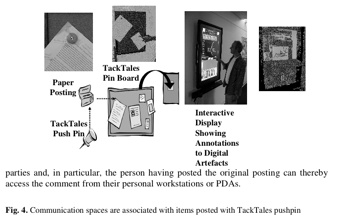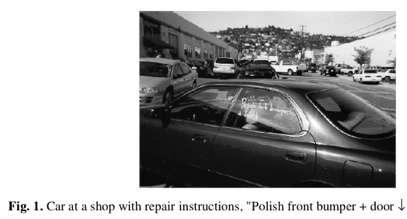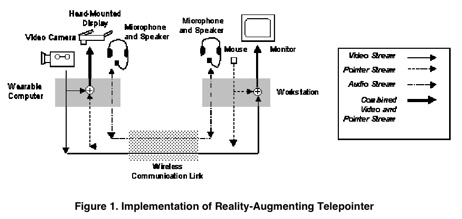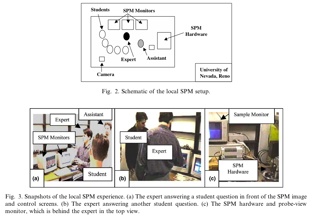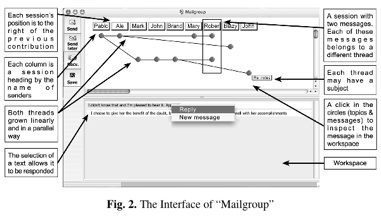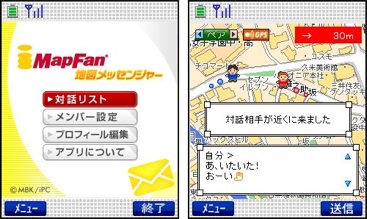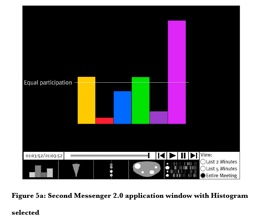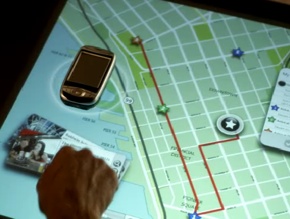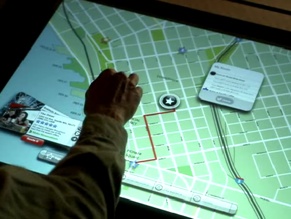Gutwin, C. and Greenberg, S. (2004). The importance of awareness for team cognition in distributed collaboration. In Salas, E., Fiore, S., and Cannon-Bowers, J., editors, eam Cognition: Understanding the Factors that Drives Process and Performance, pages 177–201, Washington. APA Press. [pdf]
———
This paper contains a framework for evaluating the impact of awareness of distributed work. The paper is a mine of definitions. The main definition of workspace awareness is the knowledge created through interaction between an agent and its environment-knowing what is going on. Outlouds are running commentaries that people commonly produces alongside their actions. Consequential communication is the mechanism of seeing and hearing other people active in the workspace.
More of interest for my work is the definition of feedthrough: the mechanism of determining a person’s interactions through the sights and sounds of artifacts (Dix et al., 1993). Feedthrough is importantfor direct manipulation. Maybe in the context of my work I should talk about mediated manipulation. Coupling is the degree to which people are working together.
An interesting passage defining the role of deixis and workspace awareness:
The role of workspace awareness in deixis (i.e., where one’s pointing or gesturing action disambiguates conversational references, such as when one says “this one” while pointing to an object), visual evidence and gaze awareness means that the elements of awareness are part of conversational common ground in shared spaces (Clark 1996). This implies that not only do you have to be aware of me to interpret my visual communication, but that I have know what you are aware of as well, so that I can safely make use of the workspace in my communication.
The paper summarizes a previous work (Gutwin and Greenberg, 1999) on the impact of a radarview telepointer on collaborative work at distance. The participants used a minimap.
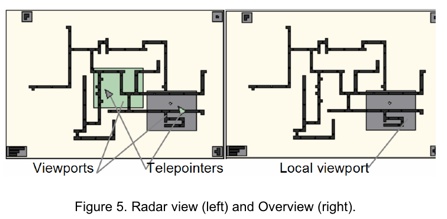
![]() Tags: collaboration tools, interaction design, linguistics, research
Tags: collaboration tools, interaction design, linguistics, research

